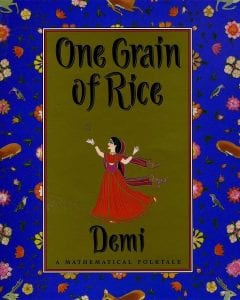 Whenever we use and consume resources, by-products are created as a result and often in the form of pollution and garbage. It’s important for young students to learn about some of the ways we have an impact on the environment in our everyday lives when we use resources. Equally important is to discover ways to lessen these impacts.
Whenever we use and consume resources, by-products are created as a result and often in the form of pollution and garbage. It’s important for young students to learn about some of the ways we have an impact on the environment in our everyday lives when we use resources. Equally important is to discover ways to lessen these impacts.
When we burn fuel in our homes, cars, and factories, it creates smoke which pollutes the air. When we buy food, there is often a lot of packaging – boxes, bottles, plastic wrap – which must be thrown away. And sometimes, when new products are made, harmful chemicals are also produced. Recognizing personal consumption is important for all ages of students, but starting with young students is especially important in creating good habits for life.
Here is a list of children’s books that will introduce the idea of personal consumption to younger students:
1. Common Ground – by Molly Bang. A story that demonstrates the impacts of our daily actions and resource use and the value of working together to preserve common ground to properly maintain our planets natural resources.
2. Material World: A Global Family Portrait – by Peter Menzel and Charles C Mann. A photographic study of 30 families from around the world and their homes and possessions.
3. The Wump World – by Bill Peet. The Wumps leave a happy life until they are invaded by and alien species, The Pollutians, who have ruined their own world by overdeveloping and over consuming.
4. The Wartville Wizard – by Don Madden. One old man takes it upon himself to fight a town of litterbugs by magically sending pieces of trash to stick to the person that dropped it.




